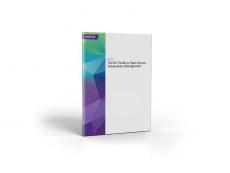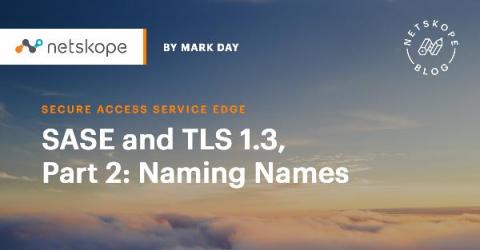Add DLP to Airtable with Nightfall's API platform
Airtable has proven its staying power among tech unicorns as a customizable and collaborative project management platform that empowers users to track literally anything at work or at home. When the company announced its $185 million Series D funding in September, they generated a whole new round of buzzworthy headlines. For security leaders, this means that new requests for adding Airtable to tech stacks are likely on the way.










